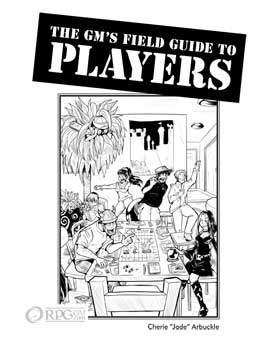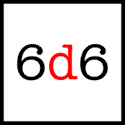 In my continuing and irregular series of my favorite blogs, we come to Sea of Stars. This is great site for items and ideas to steal and use for your own games.
In my continuing and irregular series of my favorite blogs, we come to Sea of Stars. This is great site for items and ideas to steal and use for your own games.
If your the kind of GM that gets inspiration by reading campaign logs of other people’s games, Sea of Stars has several for you to choose from. From Pathfinder to Legend of the Five Rings to Shadowrun, there’s a wide variety of genres and systems to look at.
Sea of Stars also has several good articles on game theory and gaming advice. For some solid advice on playing evil characters, check out Moral Dilemmas: Playing Evil (and I’m not just recommending it because he links it back to this blog 😉 ). Genre Resources is just what it says it is: a list of resources for various gaming genres.
But where this blog really shines is its collections of things–magic items, monsters, people–that you can use in your own games. I like to check the blog for it’s Tuesday Magic Items. The site’s owner, Sean Holland has described over 100 different magic items, from books, to rings, to wands, weapons…even a box of servants.
Sean’s also creating the Sea of Stars game setting and is a fellow member of the Gamer Lifestyle program. You can check out the progress of that here: Sea of Stars RPG
So if you’re needing some item to round out a monster’s hoard or a new monster to challenge your players (complete with 3.x/Pathfinder stats), this is a site to check out.
Related articles
- Tuesday Magic Item – Gouqua’s Bamboo Spear (seaofstarsrpg.wordpress.com)
- Review – Comicworld Germany from Sea of Stars RPG Design Journal (seaofstarsrpg.wordpress.com)
- Tuesday Magic Item – the Luck of Rognan Gosh (seaofstarsrpg.wordpress.com)







